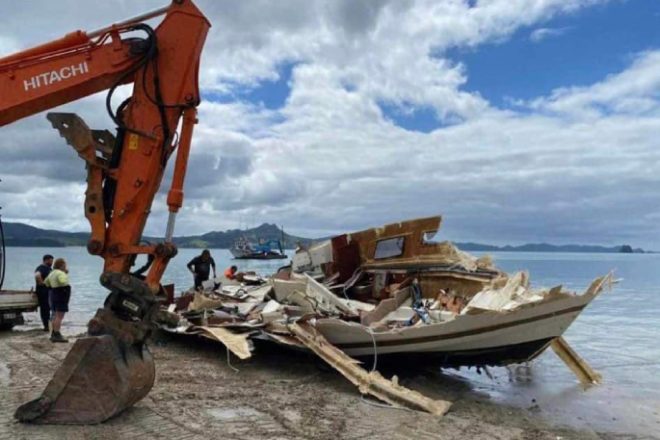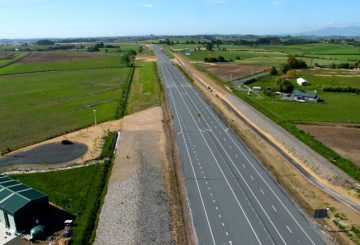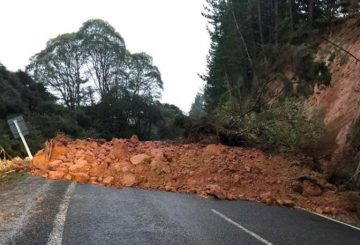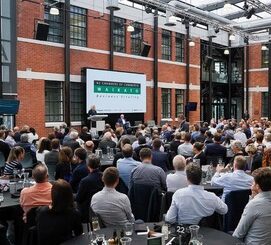와이카토 지역 협의회는 지난주 머큐리 베이에서 모투코루레 섬 (센터 아일랜드라고도 함) 근처의 암석과 충돌하여 침몰한 50피트 선박을 성공적으로 복구했다고 발표했습니다.다행히 선장과 승객 모두 무사히 탈출했다.그러나 1300리터의 경유를 실은 이 선박은 수중 20미터의 암초에 잠겨 있었습니다.
구조 작업은 3일에 걸쳐 진행되었으며, 수요일에 선박을 들어 올려 검사를 실시했습니다.지역 현장 사령관 클리프 깁슨 (Cliff Gibson) 에 따르면 선체에 심각한 손상이 발생하여 복구가 지연되었습니다.구조 팀이 재편성하여 수정된 복구 계획을 수립하는 과정에서 손상으로 인해 선체는 즉시 해저로 다시 보내졌습니다.
팀은 어제 작업을 재개할 태세를 갖추고 있었지만, 강풍으로 인해 작업을 연기할 수밖에 없었습니다.그들은 오늘 아침 더 잔잔한 날씨를 이용하여 선박을 쿡스 비치로 견인했습니다.선박을 정박지로 견인하다 해협에서 파손될 수도 있었기 때문에 쿡스 비치는 계획된 해체를 위한 더 안전한 대안으로 판단했습니다.
클리프 깁슨 (Cliff Gibson) 은 쿡스 비치에 선박이 나타나는 것에 대한 지역사회의 우려에 대해 언급했습니다.그는 환경 위험이 세심하게 관리되고 있음을 주민들에게 확신시켰고 구조자들이 모든 잔해를 치울 것이라고 약속했습니다.
처음에는 비어 있는 것으로 여겨졌지만 선박의 탱크에는 여전히 디젤이 들어 있었고 이후 오늘 펌핑된 디젤이 배출되었습니다.이 과정에서 엔진 오일과 유압 오일이 혼합된 것으로 보이는 최소한의 탄화수소 광택이 관찰되었습니다.깁슨은 환경에 큰 영향을 미치지 않으면서 이러한 현상이 빠르게 사라질 것이라고 확신합니다.
침몰한 선박의 대부분이 수거되었으며 해변에서의 정화 활동도 곧 시작될 예정입니다.이 과정에서 와이카토 지역 의회는 구조 팀과 지속적인 연락을 유지했습니다.휘티앙가에 본사를 둔 의회 직원들이 오늘 현장에 참석했습니다.한편, 뉴질랜드 해양부는 선박의 침몰 상황을 조사하고 있습니다
.






























































